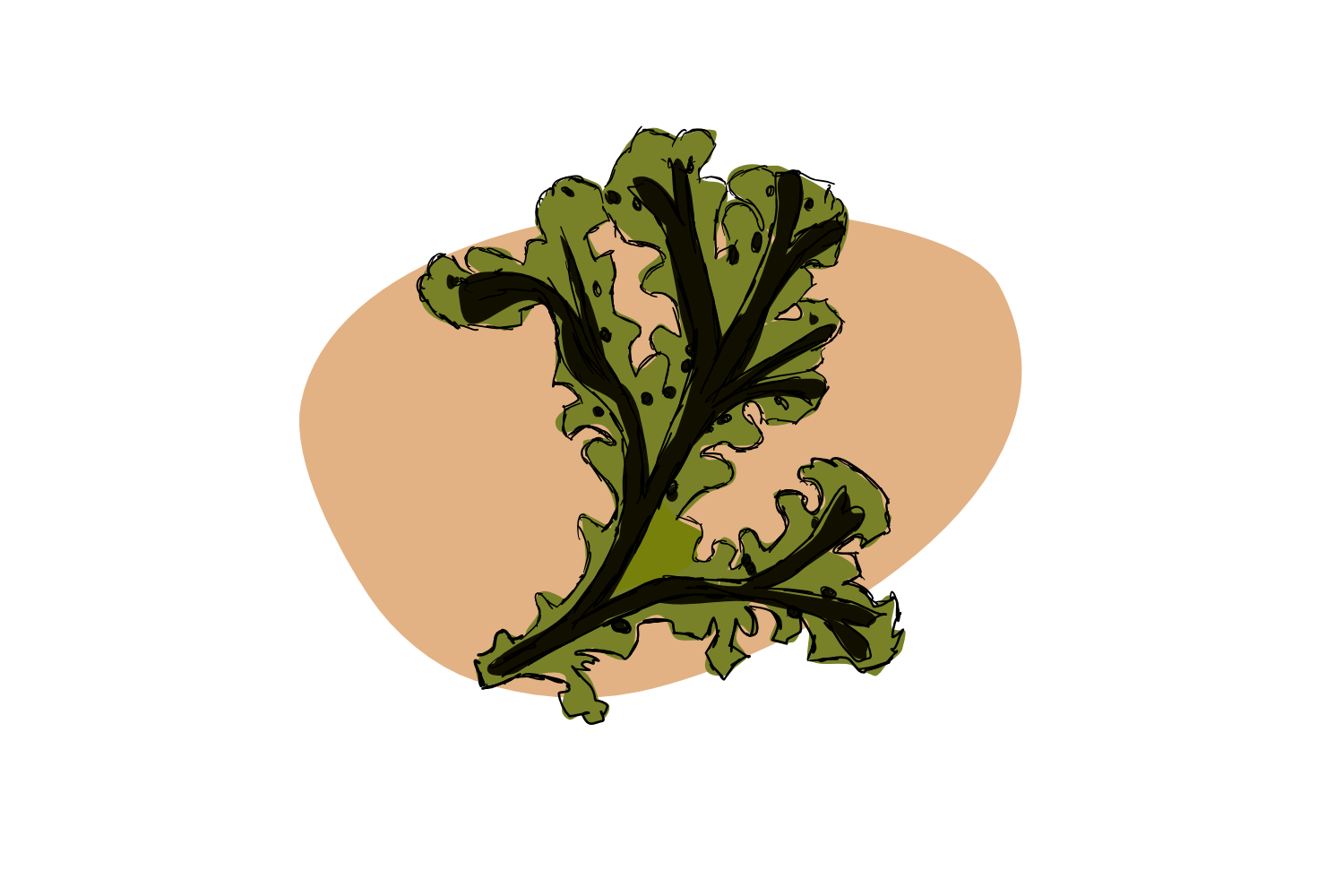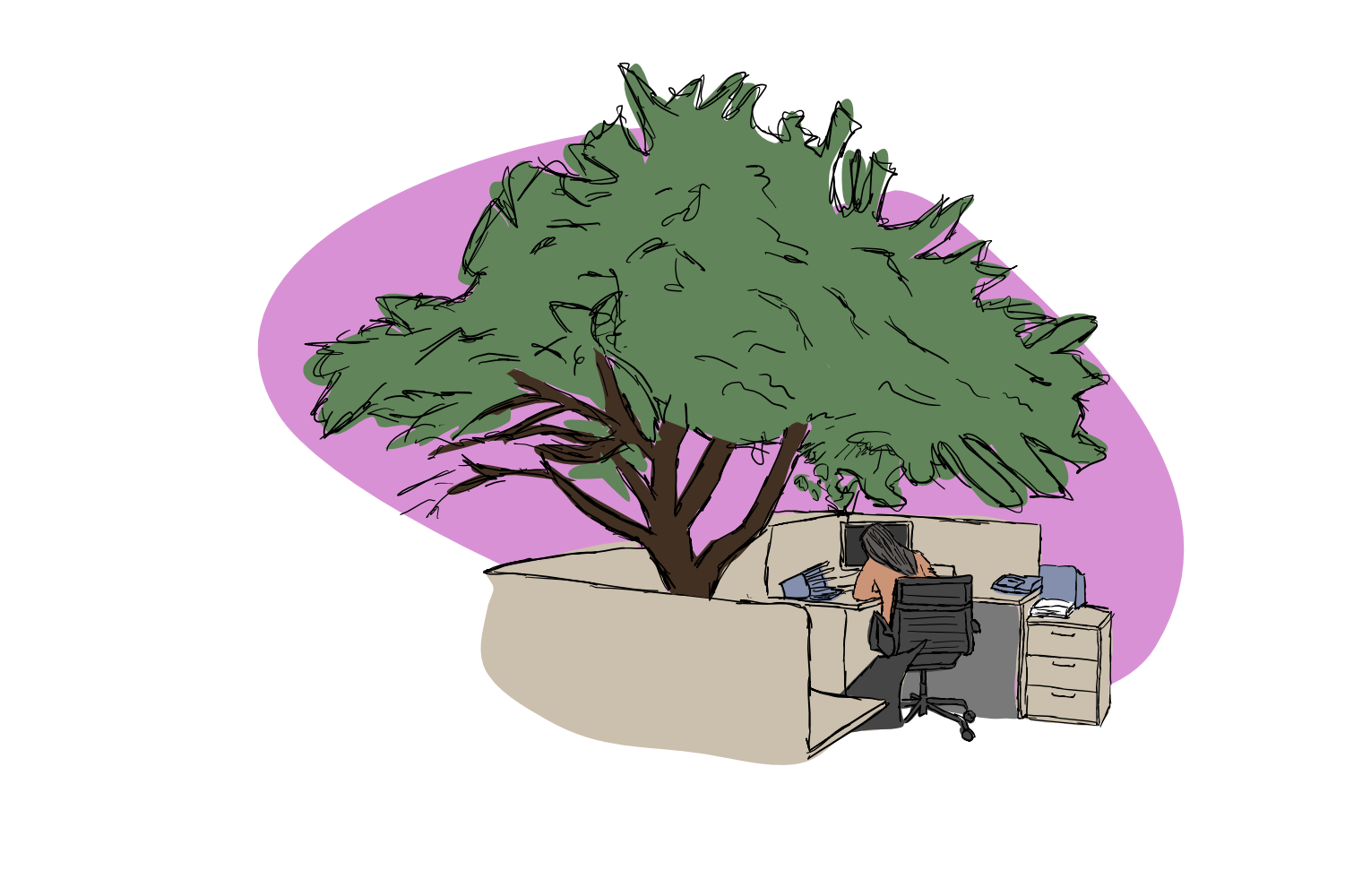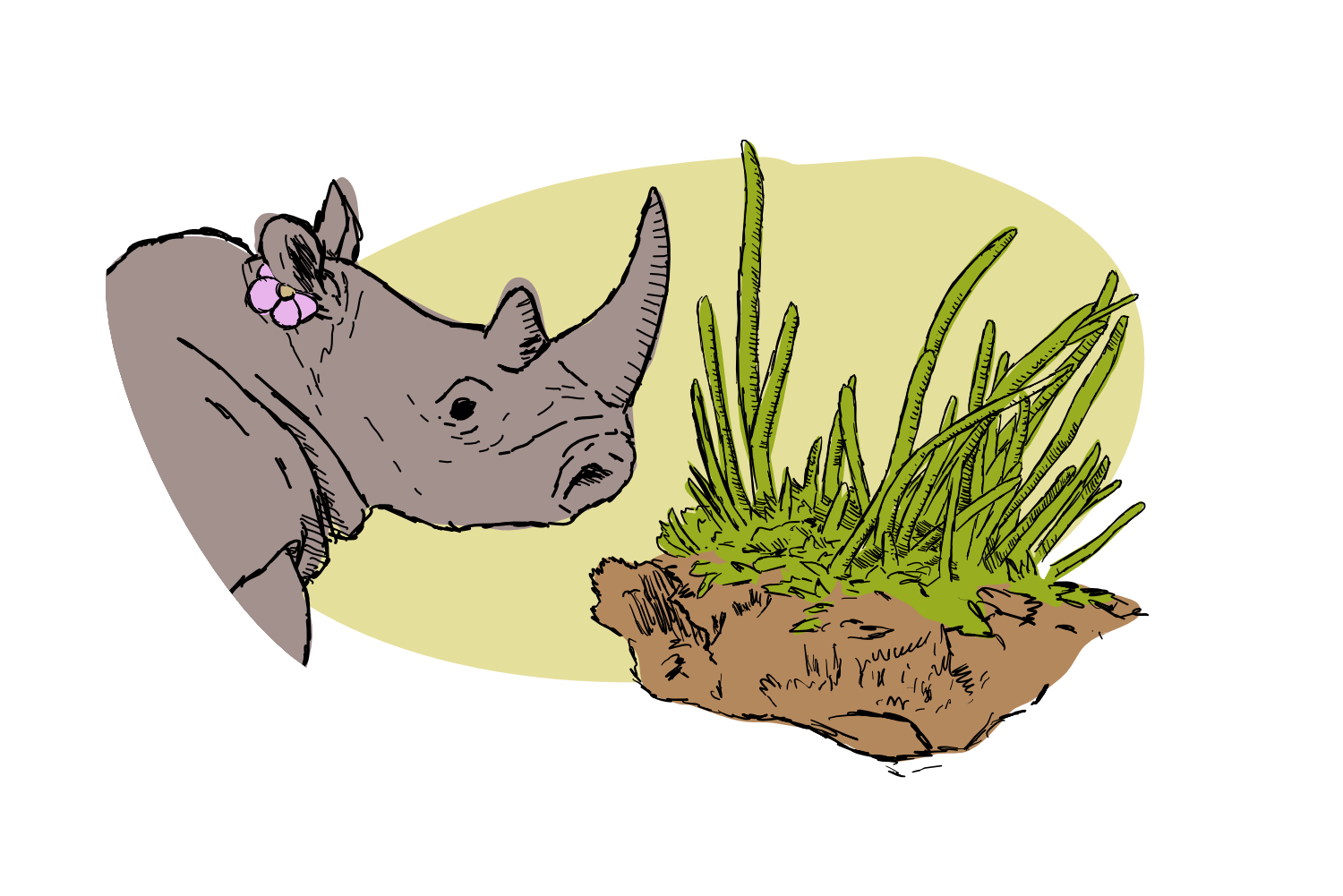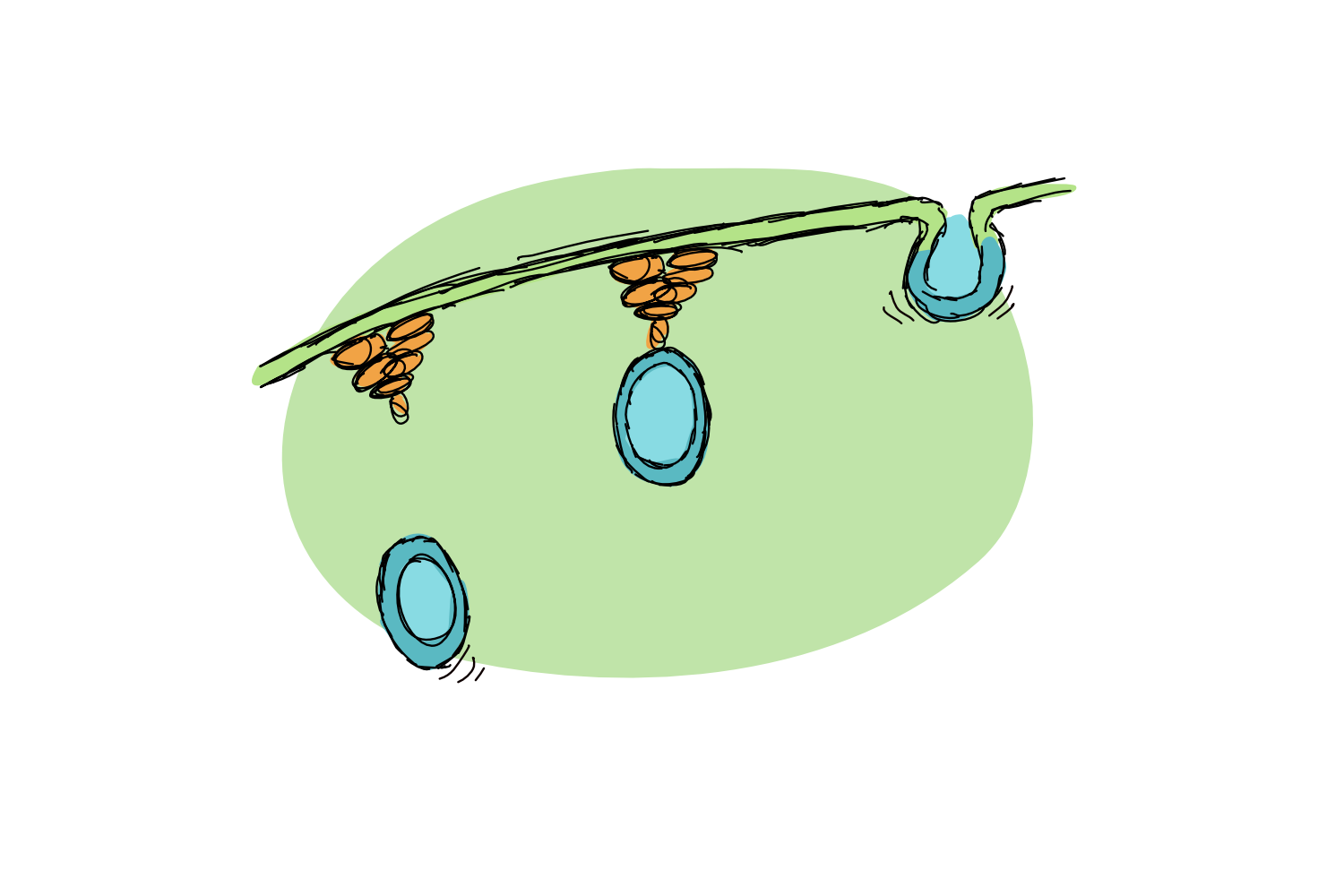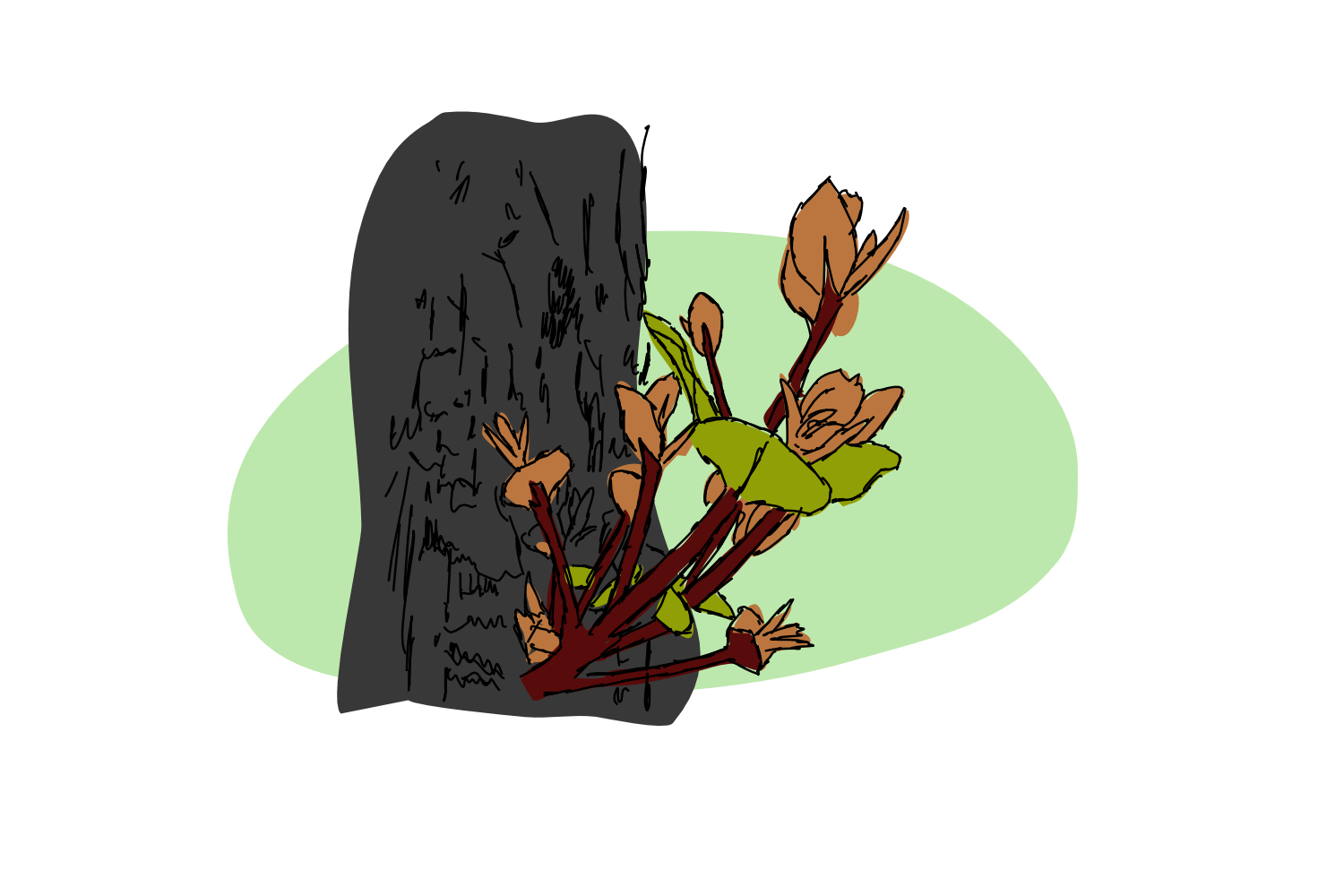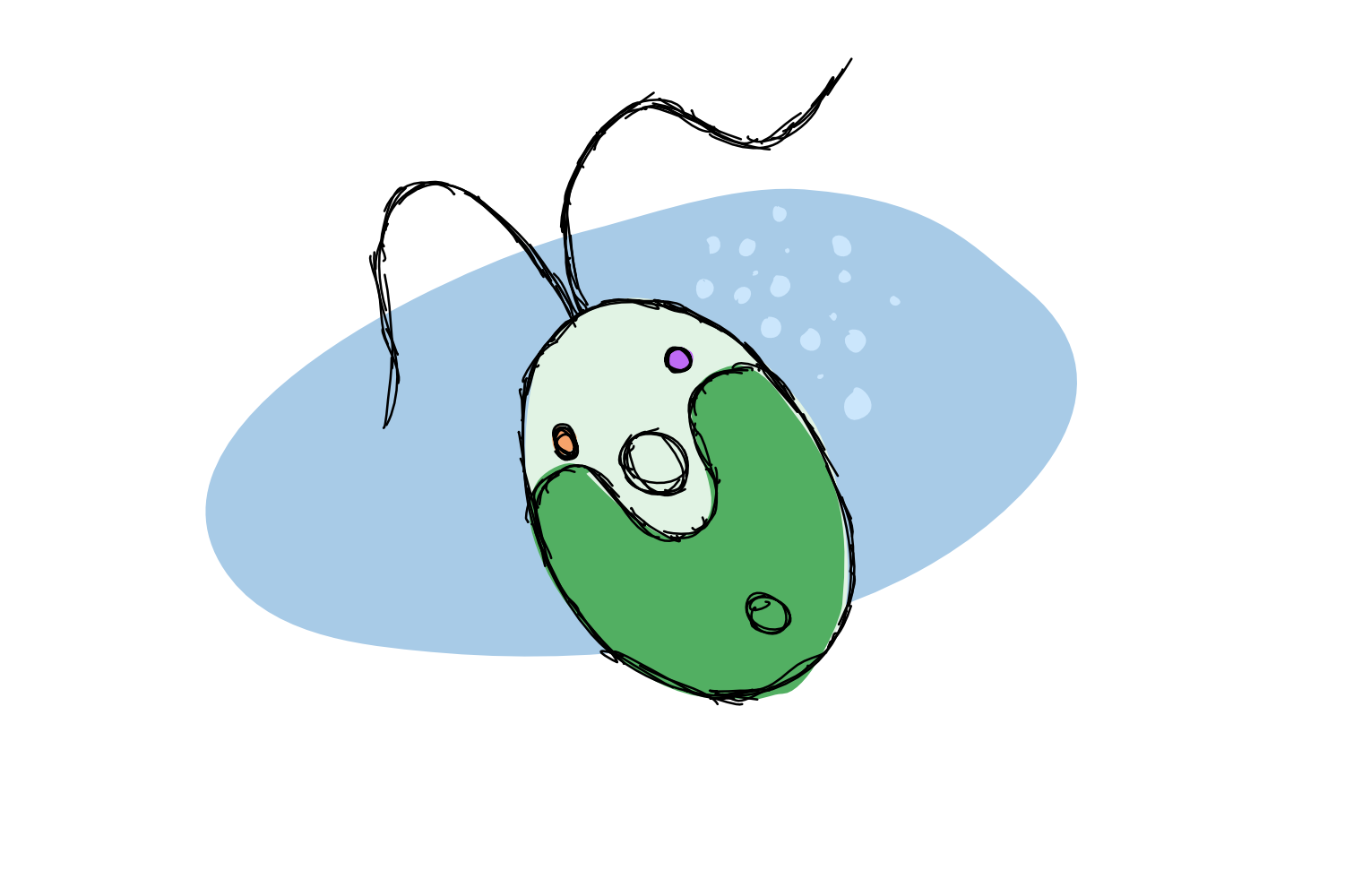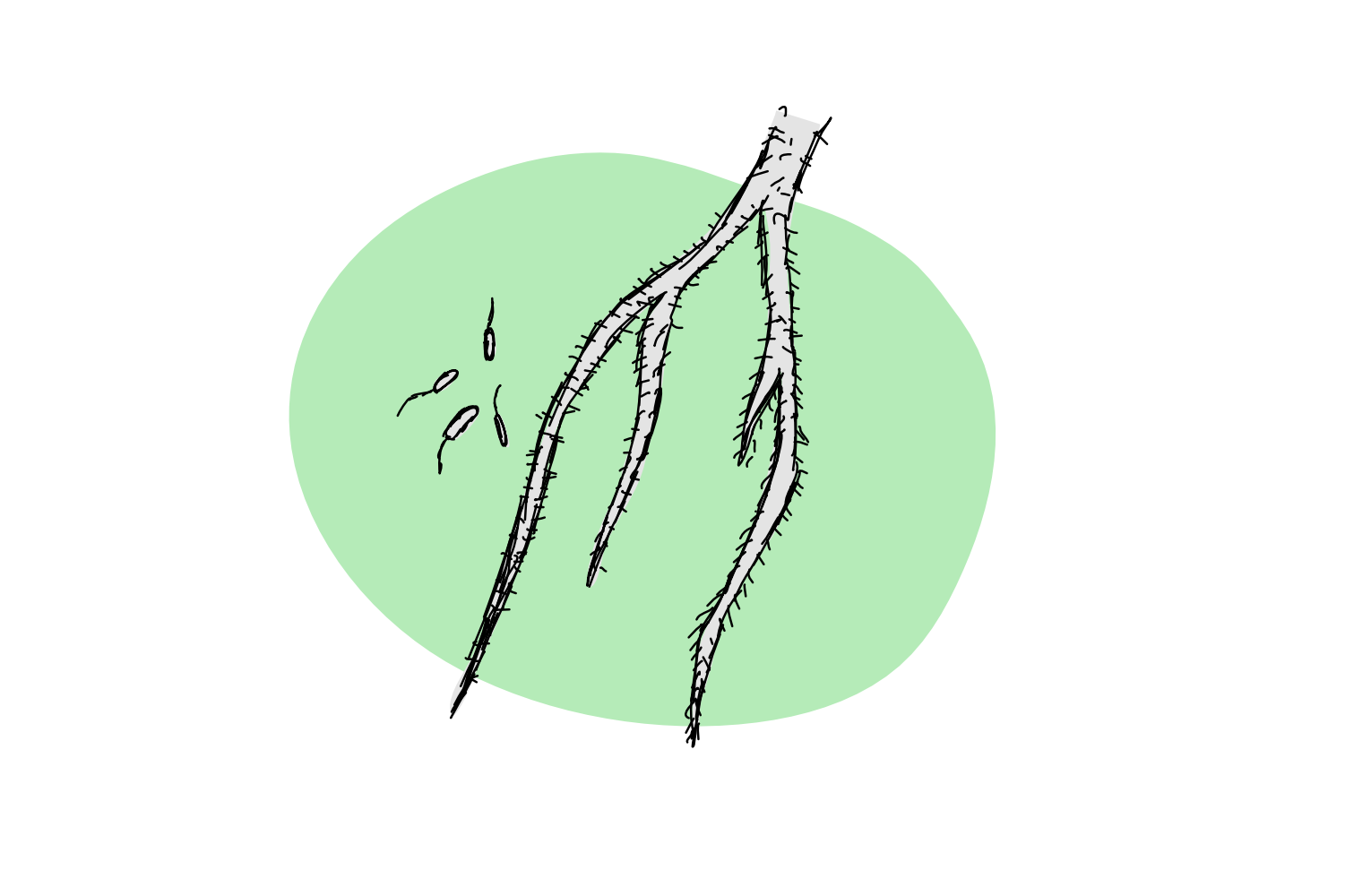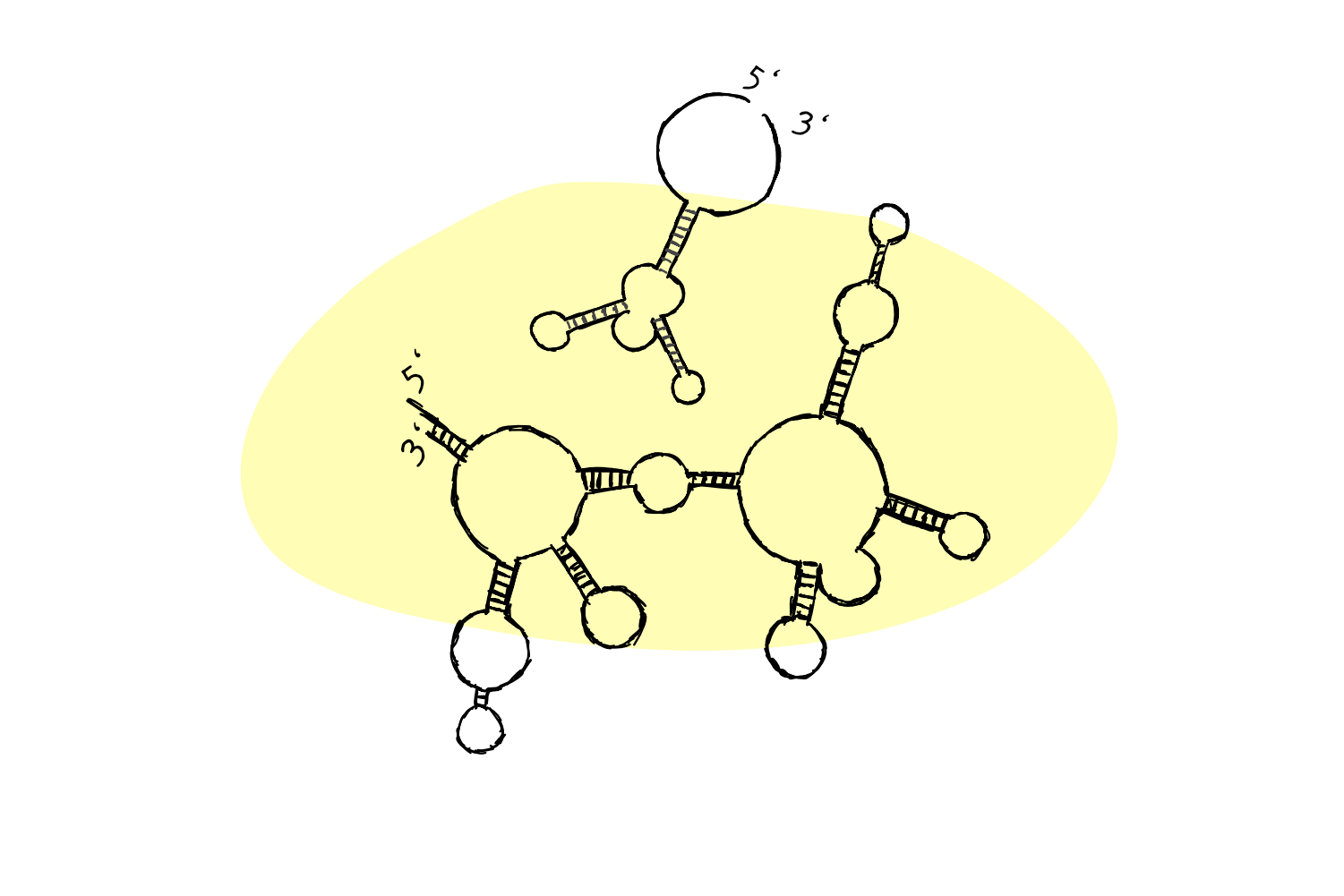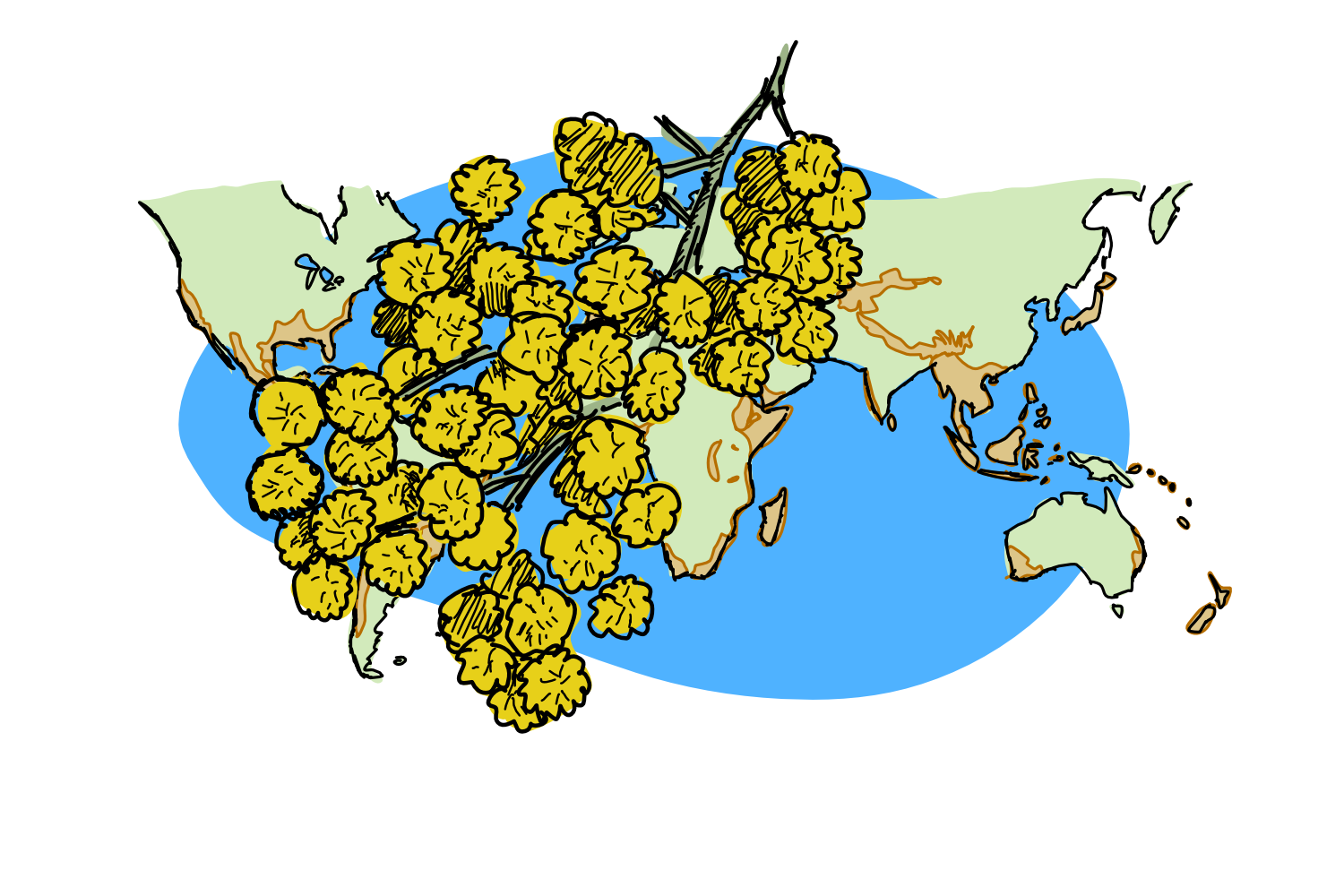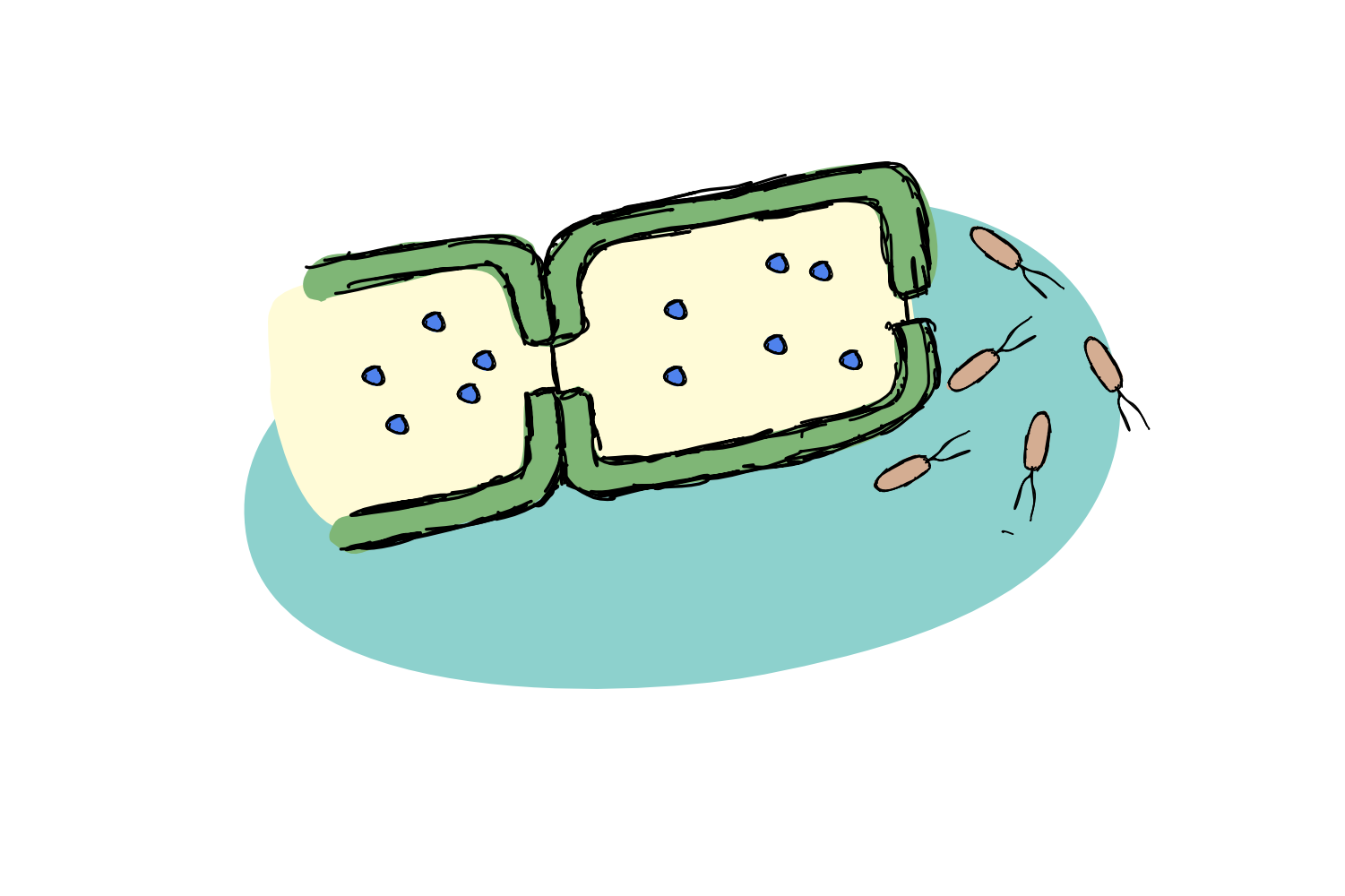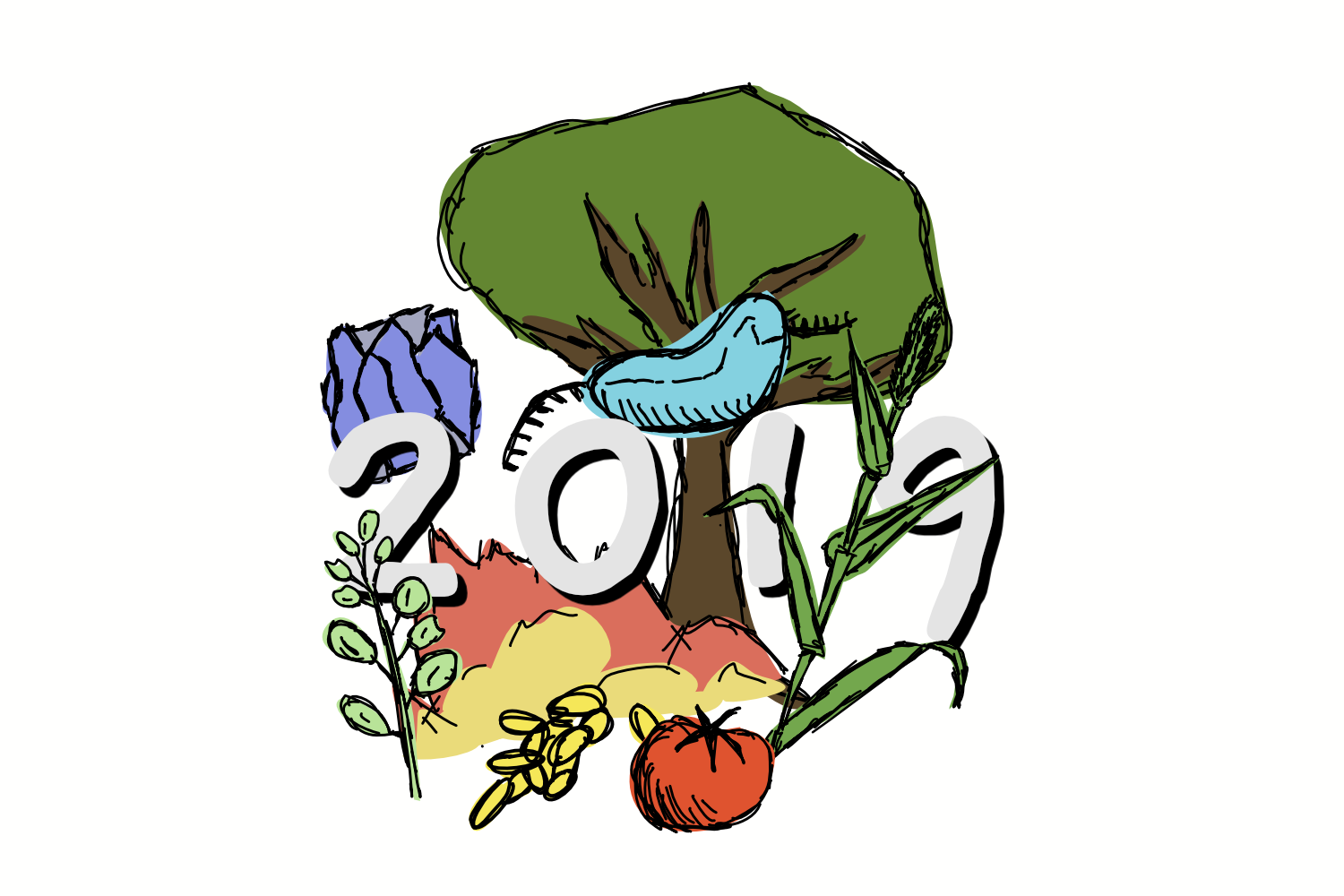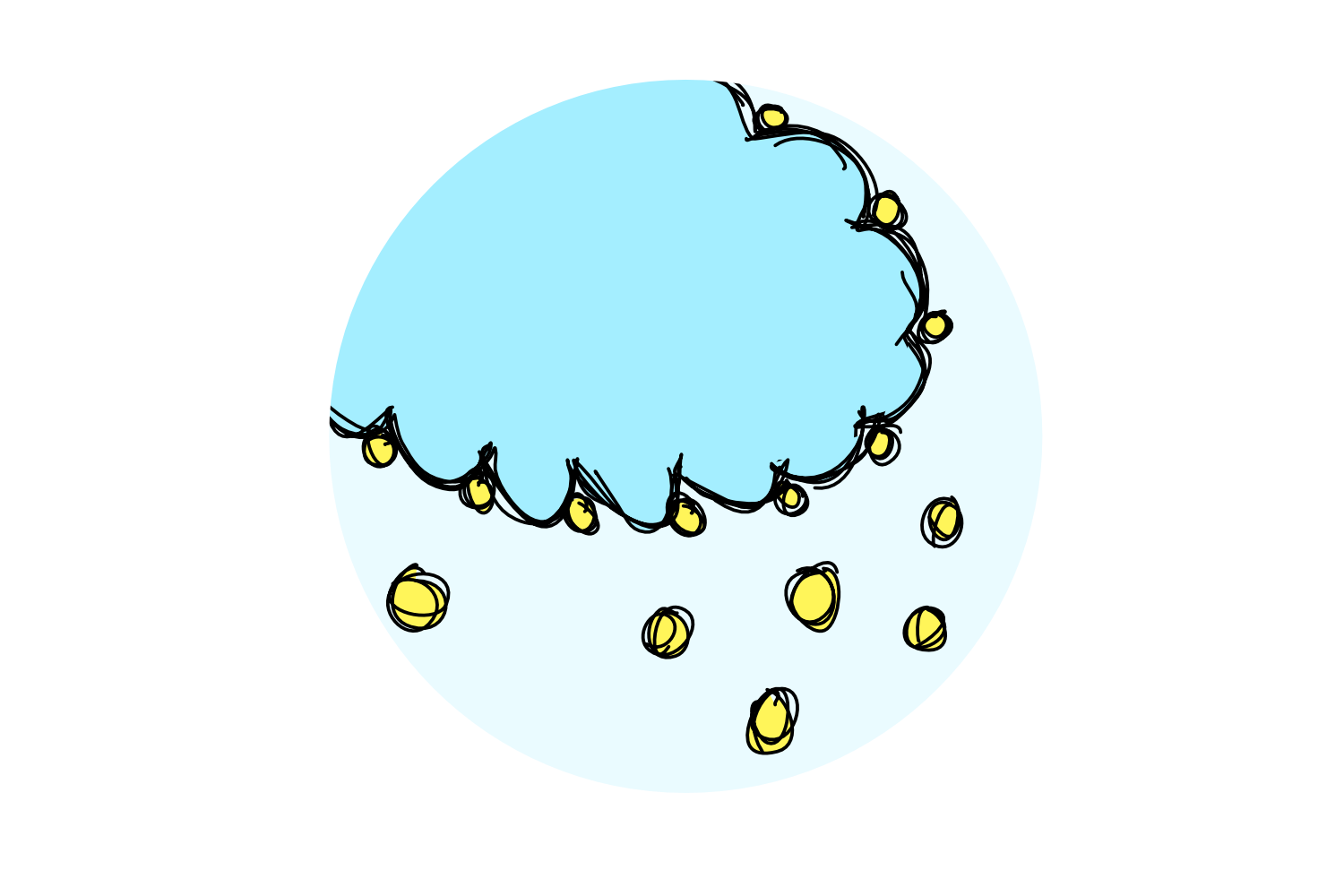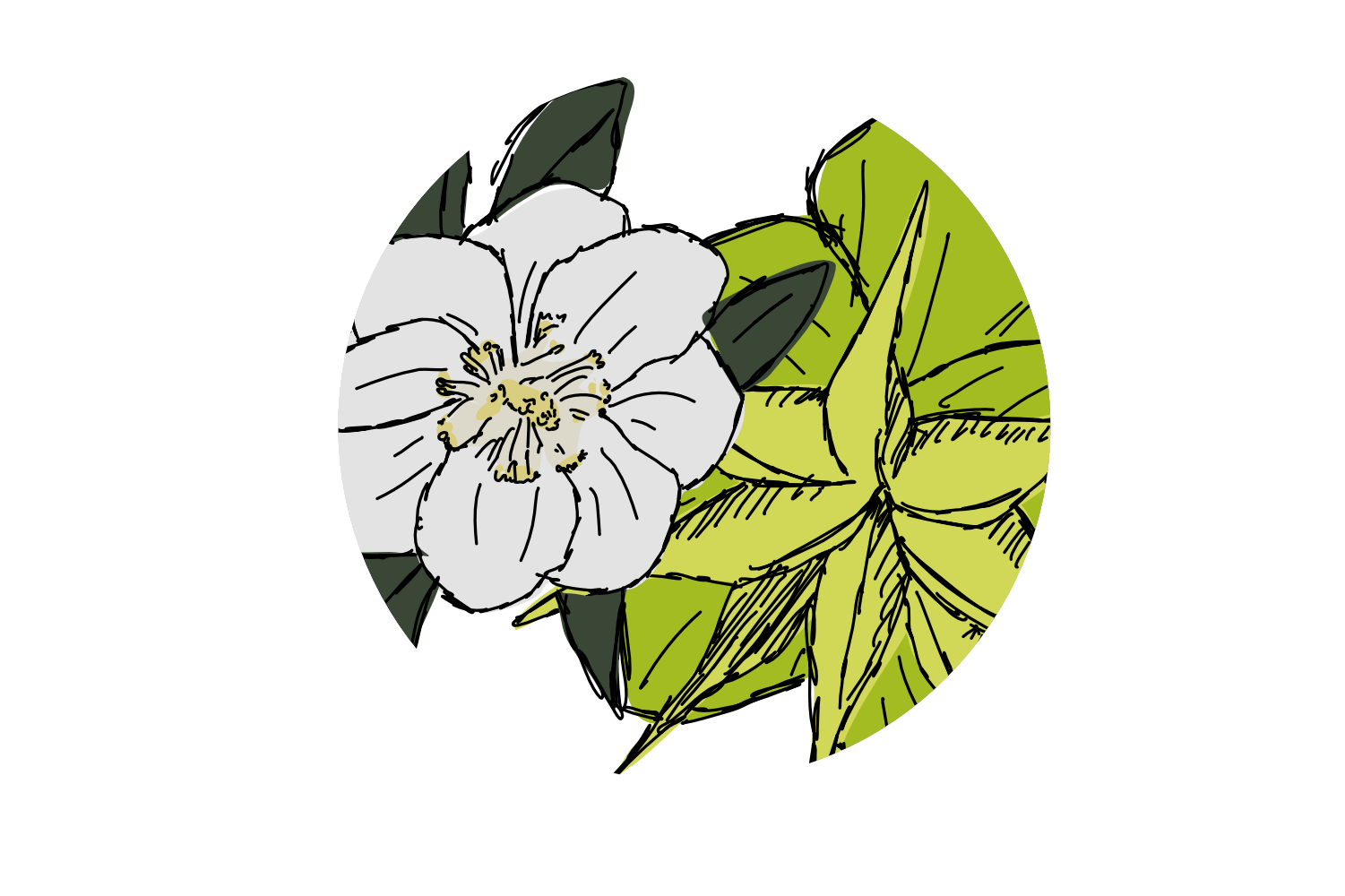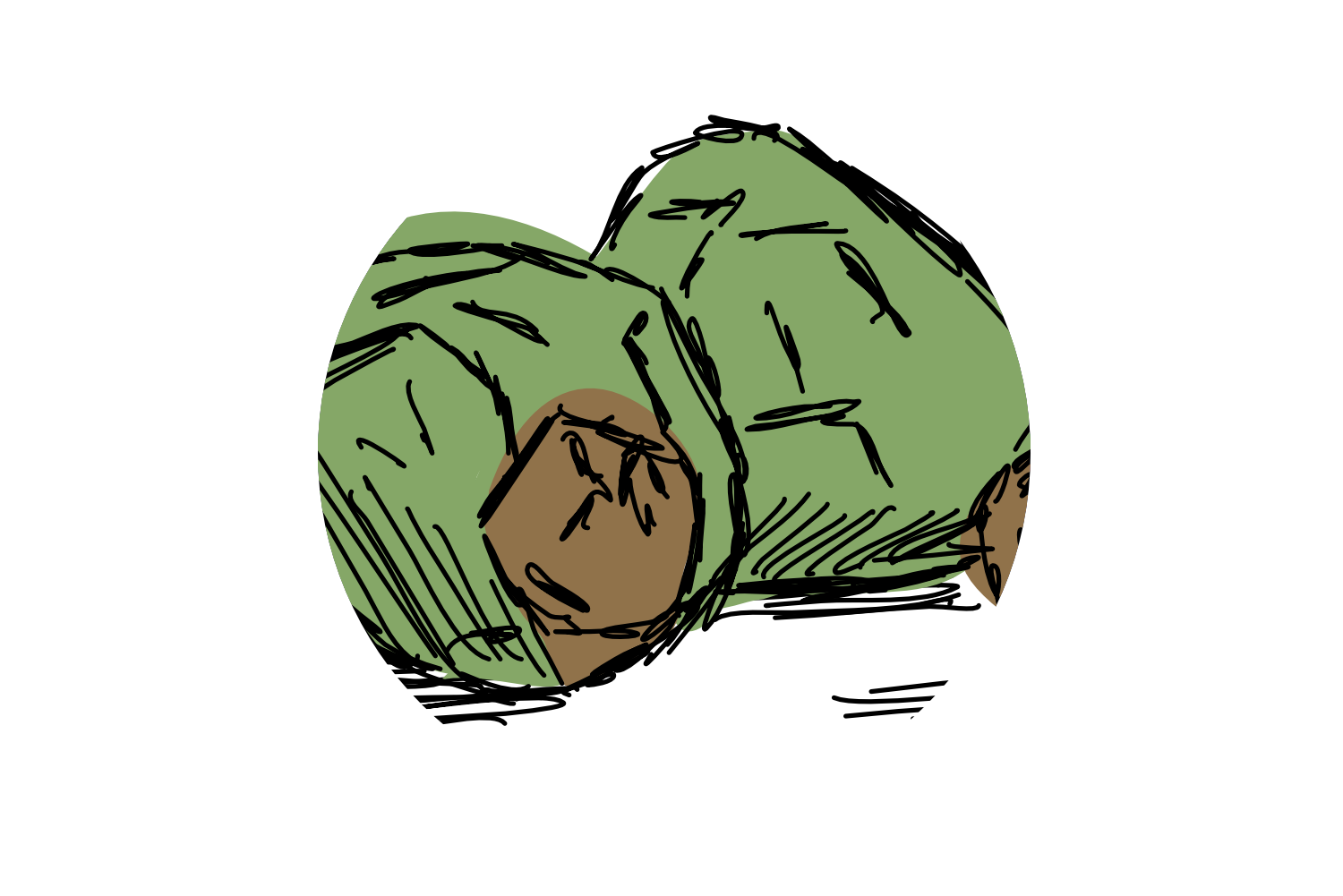-
Welcome to my mucilage-filled cavities
Reading Time: 3 minutes The other day, while reading about the newly-published genome for the hornwort species Anthoceros angustus, I came across the most delightful of all descriptions: ‘mucilage-filled cavities’. I had to find out more.
-
When this tree is stressed, it becomes female
Reading Time: 4 minutes We all have different strategies to deal with stress. Some resort to excessive day-sleeping, others, like me, empty their sweets cupboard. For the striped maple, the response is even more extreme: when stress becomes too high, it changes its sex to female.
-
We went to the Warsaw Copernicus Science Centre
Reading Time: 4 minutes What do nerdy friends do when they meet up after long absences? They head to the nearest science museum, of course.
-
No, your plants won’t purify the air of your office
Reading Time: 3 minutes Sitting in an office is rarely fun. Sure, sometimes you sit with crazy colleagues that you quite cherish and who will eventually start a plant blog with you… but how often does that happen, really? Apart from the work itself, the ‘office’ part of office work means being stuck indoors for hours and hours, sitting […]
-
Rhinoceros and Anthoceros are two very different things
Reading Time: 6 minutes If you had asked me two weeks ago how to pronounce Anthoceros, I would have confidently (or, as confident as I ever am with these naming things) replied: AnthoCERos. Hard push on the ‘cer’. But if Anthoceros means ‘flower horn’, and has the same etymological roots as the ‘nose horned’ Rhinoceros, well then, shouldn’t I […]
-
You have to be quick to do science on cell defence – really quick
Reading Time: 4 minutes Plants form relationships with bacteria all the time, but these relationships vary a lot. Sometimes, the two are best friends who share nutrients, while at other times they are their worst of enemies. Bacterial infection of plants can cause galls, growths, wilts, spots, speck, scabs, blights and rots. Which not only sounds gross, but can also […]
-
Faced with fire- how some plants beat the burn
Reading Time: 4 minutes We’ve been thinking a lot about the Australian bushfires recently. In case you’ve missed it, the 2019-2020 fire season in Australia has been absolutely catastrophic, with nearly 18 million hectares burned. Hand-in-hand with this horror, is the loss of houses and infrastructure, native animals and plant biodiversity, and even human lives. But recently, good-news articles […]
-
Algal biofuels have a gassy problem
Reading Time: 4 minutes Following on from Monday’s post, where we delved into the nitrogen cycle, today we’re again talking about gaseous nitrogen. But this time, the story is about nitrous oxide. You may have heard nitrous oxide called ‘nitrous’ or even ‘laughing gas’ before – the stuff has been used as an anaesthetic since the mid 1800s, and […]
-
Can Scientists Hack Nitrogen Fixation?
Reading Time: 5 minutes We are surrounded by nitrogen. The important life processes of photosynthesis and respiration revolve heavily around oxygen and carbon dioxide, but it’s nitrogen gas (N2) that makes up 78% of the air. This actually could be great, both plants and animals also need nitrogen to survive. It’s used in the amino acids that make our […]
-
The salty structural changes of mRNA
Reading Time: 5 minutes When you think of RNA, you might tend to think of a text-book perfect straight lines of As, Us, Cs and Gs. But the reality is, that within a living cell, RNA dances as a complex structure, full of twirls and loops. And when plants (and presumably other organisms – but this blog is about […]
-
Stress + Stress = … Stress²
Reading Time: 4 minutes As researchers, stressing plants is one of our favourite tasks. We withhold water, raise and drop the temperature, bring in some bugs, or spray our plants with chemicals. All just to see how they react. Most of the time, we pick a particular type of stress and investigate how plants cope with the situation. But […]
-
Let’s grow to joy division planes
Reading Time: 6 minutes The other day, I was podcasting with Tegan and, as she often does, she described another fascinating carnivorous plant: Nepenthes aristolochioides has a large pitcher that lures flies into it to digest them. It got me thinking, the traps of carnivorous plants are these intricate, specialised organs that look so very different from the leaves, […]
-
Global Biodiversity Hotspots- Defined by Plants
Reading Time: 3 minutes Sometimes, when I think about conservation, the world seems all kinds of bleak. Ecosystems are being damaged, plants and animals are dying, and the indirect human impact of the climate crisis only serves to accelerate the effects of direct environmental destruction. There isn’t an easy solution to it all – or at least not one […]
-
Attempted burglary
Reading Time: 3 minutes Pathogenic bacteria are the burglars of the plant world. They break and enter and wreak havoc within a plant cell as they grab whatever they find useful – mostly delicious nutrients. Just like with real burglars, the key to stopping them is a proper door – unless the burglar have a way to pry it […]
-
Our plant science picks for 2019
Reading Time: 5 minutes Well here we are, at the end of the… tennies? Here’s our list of Big Stuff that happened in the world of plant science in 2019. We’ve probably missed a few, so let us know in the comments what you think was big this year.
-
Advent Calendar Day 24
Reading Time: 2 minutes It’s the last day before Christmas….
-
Advent Day 23 – Baby it’s Cold Outside
Reading Time: 3 minutes This one’s for you Northerners.. and I guess also those who are celebrating Christmas in the deep deep South.
-
Advent Calendar Day 22 – The no BS rose for Christmas
Reading Time: 3 minutes Sometimes, adaption means avoiding trouble. Picking a favourable season to grow, a place with no herbivores or choosing a time when there is a surplus of eager pollinators. Sometimes, adaption means powering through all adversities while standing your ground. Today, we talk about the latter. Alpine plants don‘t have it easy. Growth periods are short […]
-
Advent Calendar Day 21 – Bye-Bye Bitterness
Reading Time: 3 minutes Vegemite, Britney Spears, brussel sprouts – you rather love them or hate them (for me it goes hate, love, love). Tegan just wrote about her distain for the sprouts (and how all cabbages are related) and I‘m here to mansplain how she might just not have had the new, good stuff.
-
Advent Calendar Day 20 – Crestaceous Park
Reading Time: < 1 minutes Friday is podcast day. This week, we talk about the mystery of the angiosperm explosion during the crestaceous period when flowering plants suddenly took over the ecosystems and when dinosaurs roamed the earth. You can find the podcast here and in all common podcast players. This post is part of our advent calendar. You can […]
